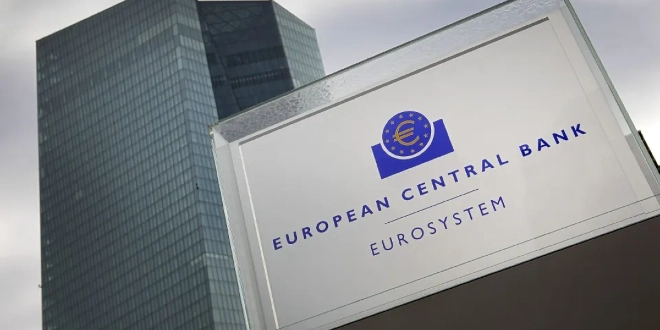The European Central Bank (ECB) is expected to lower interest rates by 0.25 percentage points later today, responding to the latest eurozone inflation data that indicates a steady decline in price growth. March saw a 2.2% year-on-year increase in inflation, slightly down from February’s 2.3%, bringing it closer to the ECB’s 2% inflation target. This trend strengthens the case for easing monetary policy.
Should the cut go ahead as anticipated, the ECB’s main deposit rate will move from 2.5% to 2.25%. The bank has already executed six quarter-point cuts since June last year, steadily reducing rates from a peak of 4% as inflation has moderated. A further cut would offer immediate relief to tracker mortgage holders and likely push other borrowing rates downward as well.
Market Volatility and US Trade Policy in Focus
Today’s decision arrives against a backdrop of financial market turbulence and global economic uncertainty. European policymakers are navigating challenges that include recent stock market losses, a weakened US dollar, and rising US borrowing costs that have stirred unease in the bond market.
In particular, attention will be closely focused on ECB President Christine Lagarde’s remarks during the post-announcement press conference. Observers will be looking for insight into the ECB’s view on potential economic fallout from US trade policies, especially in light of new tariffs introduced by the Trump administration.
Although President Trump recently scaled back a proposal to impose a blanket 20% tariff on EU imports, Washington has moved ahead with a 25% levy on key industries such as steel, aluminum, and automobiles. Investigations into semiconductor and pharmaceutical imports are also underway, raising concerns about further tariffs targeting specific sectors.
These developments have sparked fresh calls for the ECB to adopt a more supportive stance in the face of global trade uncertainty. Lagarde has previously reaffirmed the bank’s readiness to act if needed, highlighting the ECB’s commitment to stability in the eurozone economy.
 The Daily Star Ireland
The Daily Star Ireland



